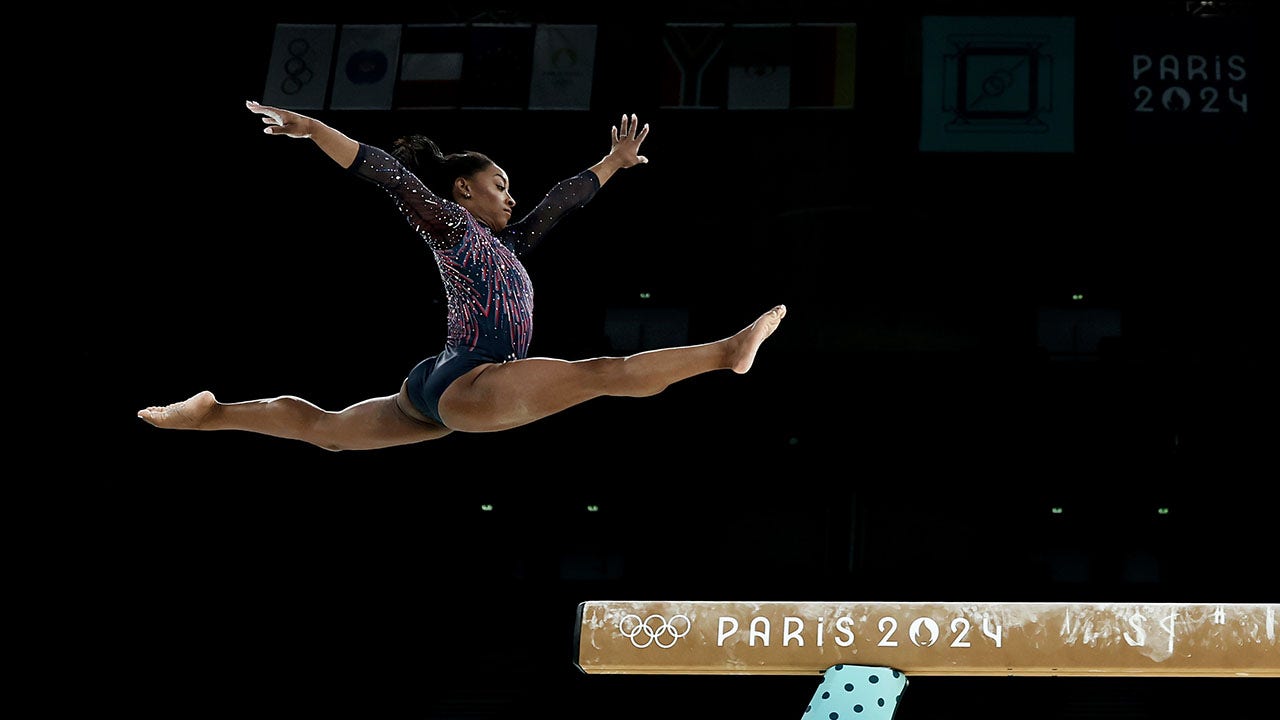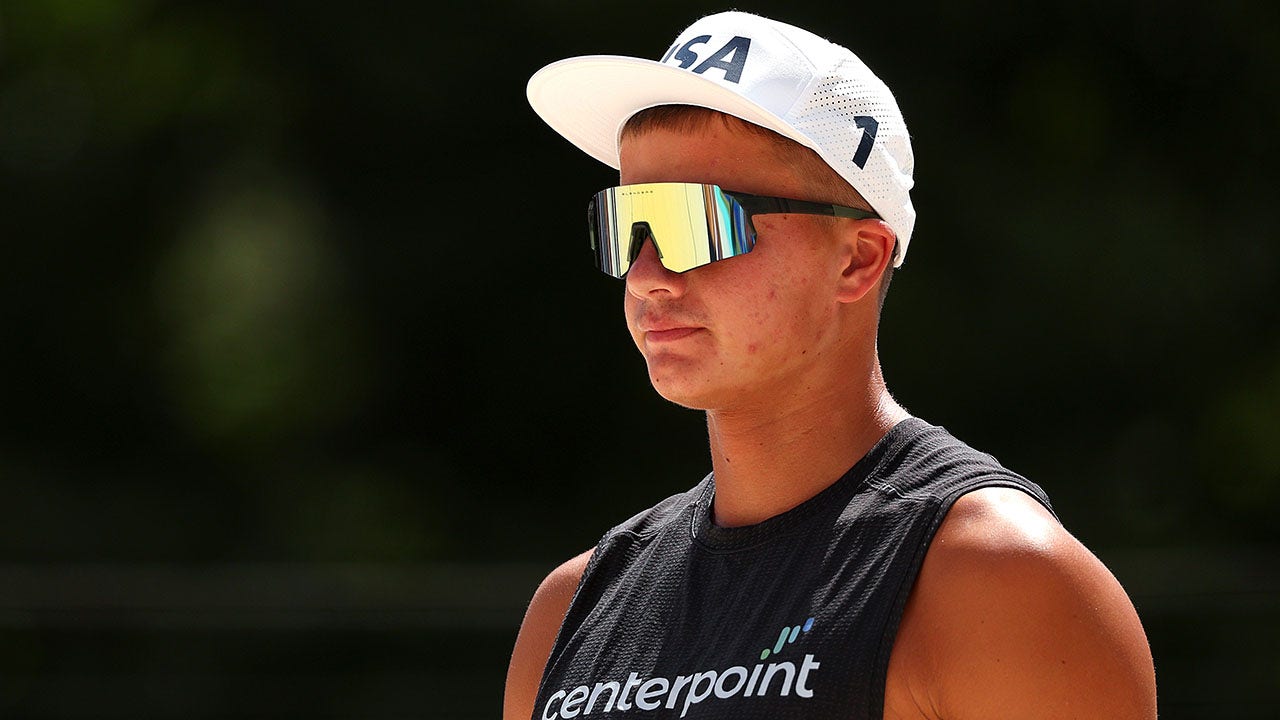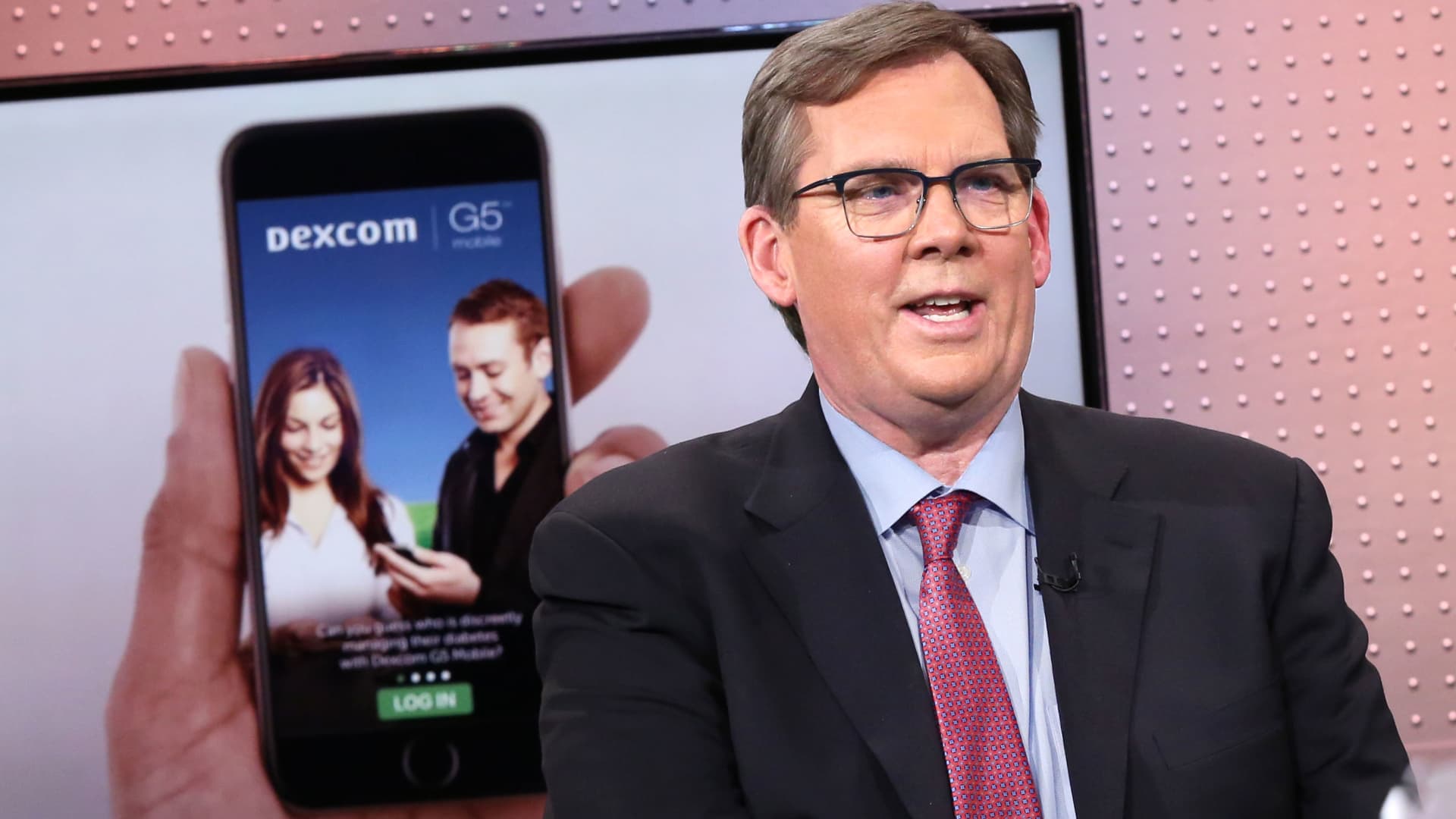The exhibition is also focused on the technological evolution of video as a form increasingly available to artists and laypeople. The release of the Sony Portapak — a battery-operated recorder — in 1967 is a pivotal moment, making video portable and reasonably affordable, and putting the power of real-time recording and playback into the hands of ordinary people. Other epochal moments in the progress of video from expensive plaything to ubiquitous feature of every smartphone include its distribution on the internet (the first streaming webcam came in 1993) and on social media sites (including YouTube, which launched in 2005).
Throughout the show, the idea of video as cultural signal is understood in relation to different kinds of noise: political noise, entertainment and advertising noise, and the pervasive noise of capitalism, always looking for new ways to monopolize and profit from the medium. Television, and the giant corporate networks that control it, makes the greatest noise of all — and the exhibition does a good job of charting the history of guerrilla television groups and artists’ collectives that realized, early on, that something fundamental was changing in our relationship to information and reality.
The video revolution was total, and it’s difficult to comprehend because, like life itself, there’s no vantage point outside the phenomenon from which to study it objectively. You get some sense of how thoroughgoing the cultural change would be from a 1980 work seen early in the show, “Hole in Space” by Kit Galloway and Sherrie Rabinowitz. For three days, the artists invited pedestrians in New York and Los Angeles to interact with each other through a live satellite link. The crowd’s response to this minor miracle of electronic simultaneity is high-spirited and good-natured. Here, it seems, was a new technology that could place us in communion with strangers from all over the planet. The promise was as appealing as a similar promise made decades later by social media companies — before that medium also turned toxic and became a vector for misinformation and authoritarian cravings.
Public access channels on cable television also promised the possibility of hearing new voices and viewpoints excluded from the manicured realms of corporate television. Artists are, by nature, early adopters, but that means early video work often feels provisional and amateurish in retrospect. Even Nam June Paik’s dizzying 1984 satellite extravaganza, “Good Morning, Mr. Orwell,” was famously dogged by technical problems. Paik used a satellite link to create a live event simultaneously in New York and Paris, with prominent musicians (including Laurie Anderson and Peter Gabriel), dancers (Merce Cunningham), artists (Joseph Beuys) and celebrities in a wild, raucous and thrilling variety-show-cum-TV-spectacle.
Communication technology is intimately linked to fashion and consumerism. We are well-trained to crave newer and better means of recording the world, and we are reflexively dismissive of outdated technology. Unlike black-and-white photographs, Daguerreotypes or wax cylinder recordings, there isn’t much nostalgic charm emanating from the grainy early days of video. Chronologically, we are incredibly close to the 2009 release of the Apple iPhone 3GS, the first model with video recording capacity, and yet we are already so far away technologically that the limitations of that device would seem comical or vexing today.
And now the early fears of artists who worried about the power of video not just to disseminate information but also to reconfigure reality are fully upon us. Video allows us to remember things we’ve never experienced and can now be edited so deftly that it can create entirely convincing facsimiles of history. Giant social media companies, using algorithms, have extended the gatekeeping power of television networks and cable companies into the last niches of the private realm. I could make an hour-long video of brushing my teeth, but it will be Facebook or Twitter that ultimately decides how many and which people see it.
The noise grows louder and louder, and as the cacophony increases, so, too, does the urgency of artist efforts to break through it. The most compelling work to grapple with this is Dong Song’s 1999 “Broken Mirror,” in which the Chinese videographer walked the streets of Beijing, filming people in the reflection of a mirror. He also used a hammer to break that mirror, shattering the illusion of the camera’s direct access to reality, while simultaneously capturing the surprise of passersby. This gesture, so pure in its condensation of issues raised by video technology, is repeated multiple times. Each time, there is a frisson of something genuine and real, an indictment of our dependence on images, our trust in their truth, and a liberating moment of shock and surprise as something breaks through our tendency to complacency.
Other artists attempt not to break through the noise, but to capture and contain its discord and perhaps, thereby, to neutralize some of its corrosive power. Gretchen Bender superimposes potent phrases or ideas onto television screens blaring out the usual stream of nonsense, drivel and enticement. Thus, we see random images pulled from the slipstream of entertainment and news with words like “Military Research” or “People with AIDS” printed over them. It’s a simple, even simplistic intervention in the vast deluge of media, but with striking moments of dissonance.
Artur Zmijewski traveled with a team of videographers from 2007 to 2009 to capture public protests and gatherings around the world, including the often-repressive reaction of authorities to these gatherings. The footage plays out on multiple screens all at once, a giant stew of anger and reaction that is both inspiring and depressing. The power of public space is affirmed, but the aesthetic effect is new noise competing to be heard above the old noise. There is an essential paradox here: Video can only critique the surfeit of images and noise by adding yet more images and noise to the mix.
In the midst of great tidal surges of information, reality itself begins to feel fugitive. Perhaps that explains the peculiar effect of a cat who wanders briefly into the scenes captured in Frances Stark’s “U.S. Greatest Hits Mix Tape Volume I,” a collection of vignettes about American intervention in the politics of other countries. The work is displayed on iPads, which capture news footage on a desktop computer monitor. In one scene, a cat wanders into view, briefly and inexplicably. That’s what cats do, but it’s a welcome intervention and effectively disrupts the uncanny atmosphere of history seen in a domestic space, on a small screen, without context or other explanations.
As in “Broken Mirror,” the cat breaks through the noise. It’s a small thing, almost not worth noting. But it does stand for something significant: We crave small, unscripted things that dispel the mental torpor of what we now call “screen time.” Of course, the cat appears on a screen, which means it, too, has been inscribed within screen time. But the illusion of escape was nice while it lasted.
Signals: How Video Transformed the World. Through July 8 at the Museum of Modern Art, New York City. moma.org.















































